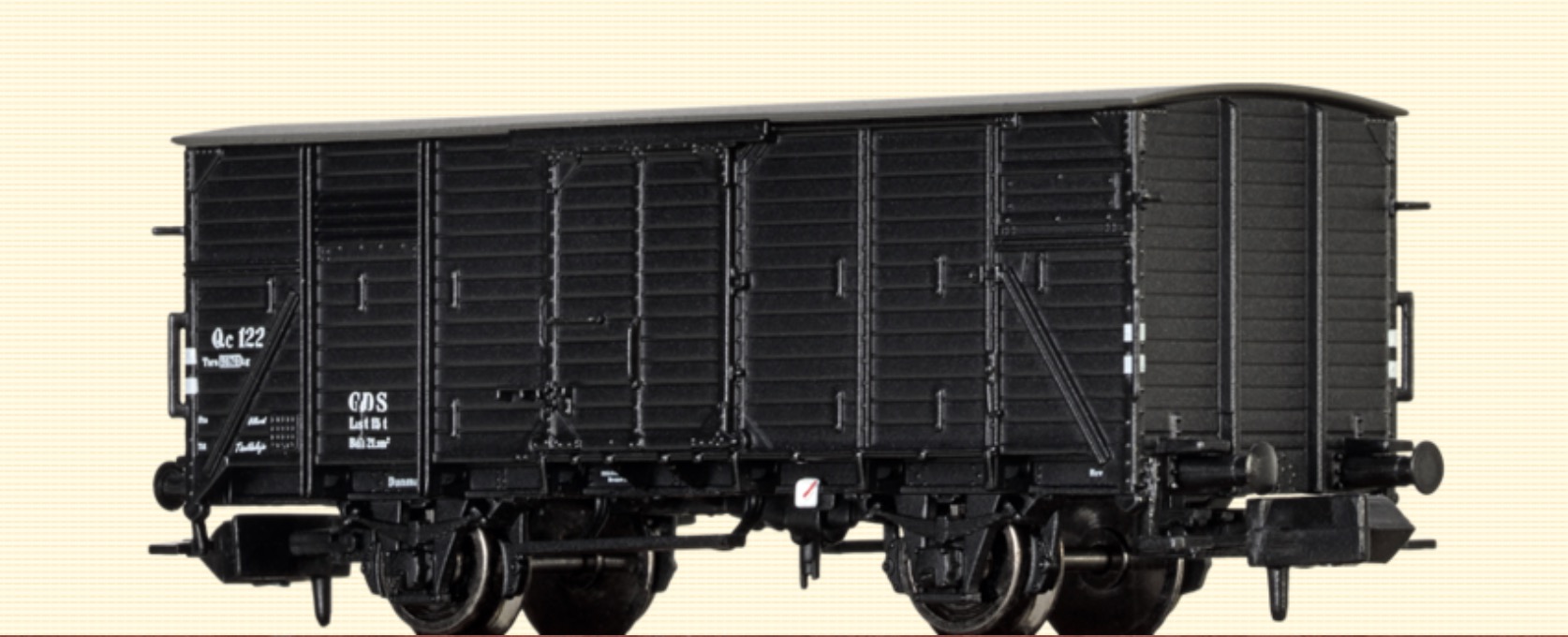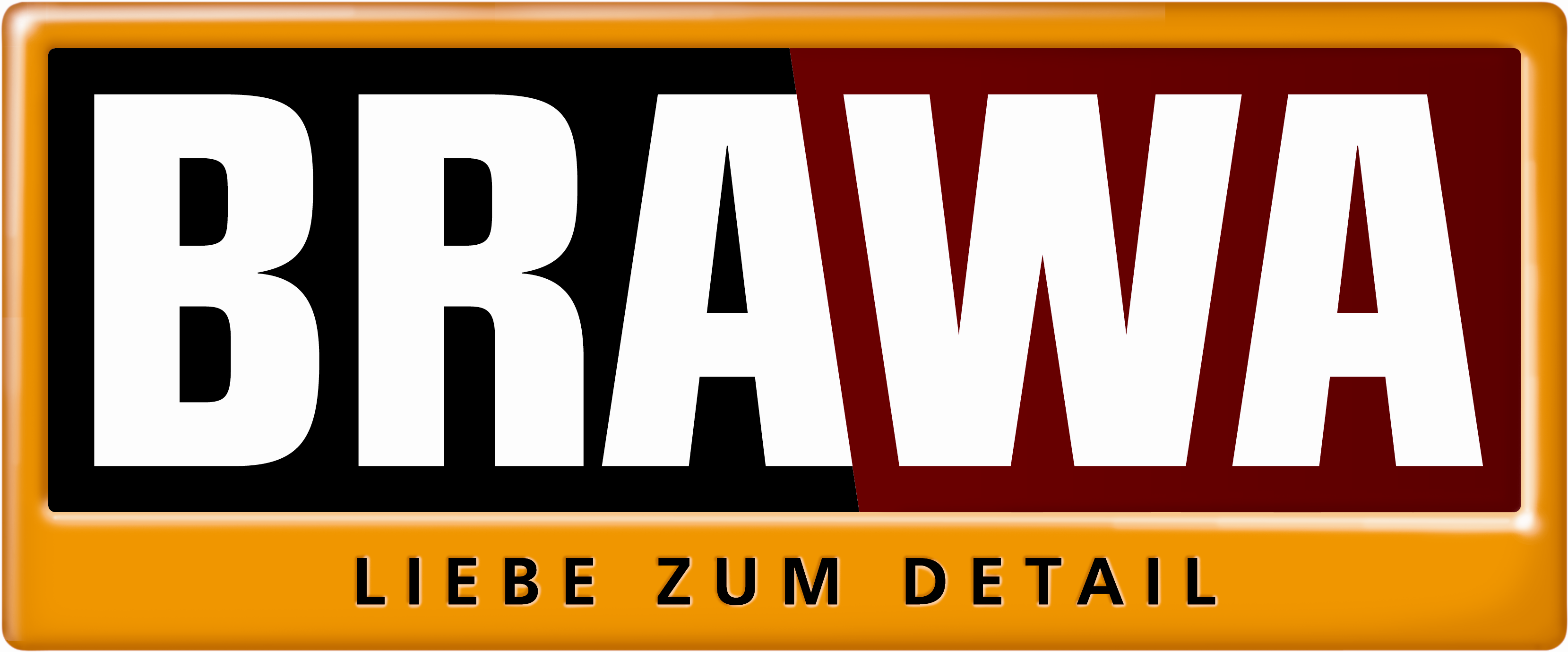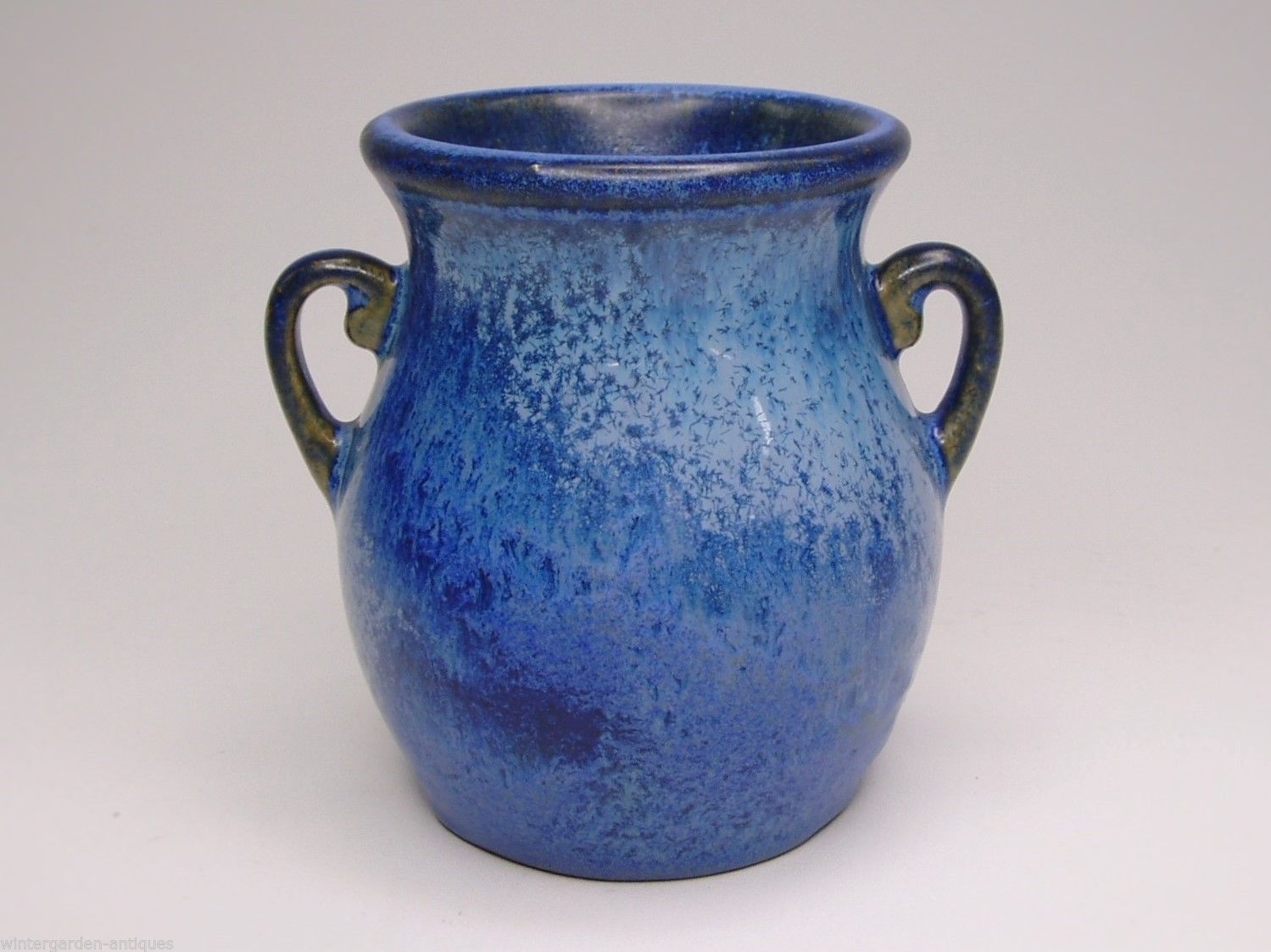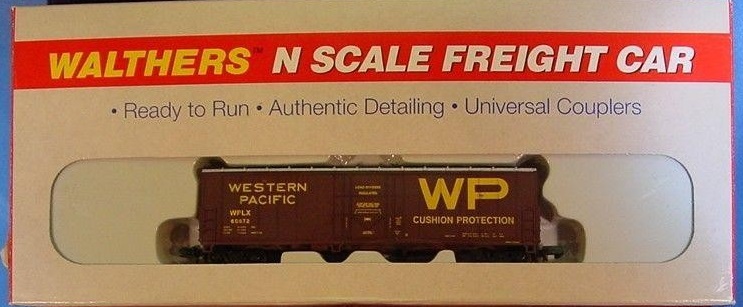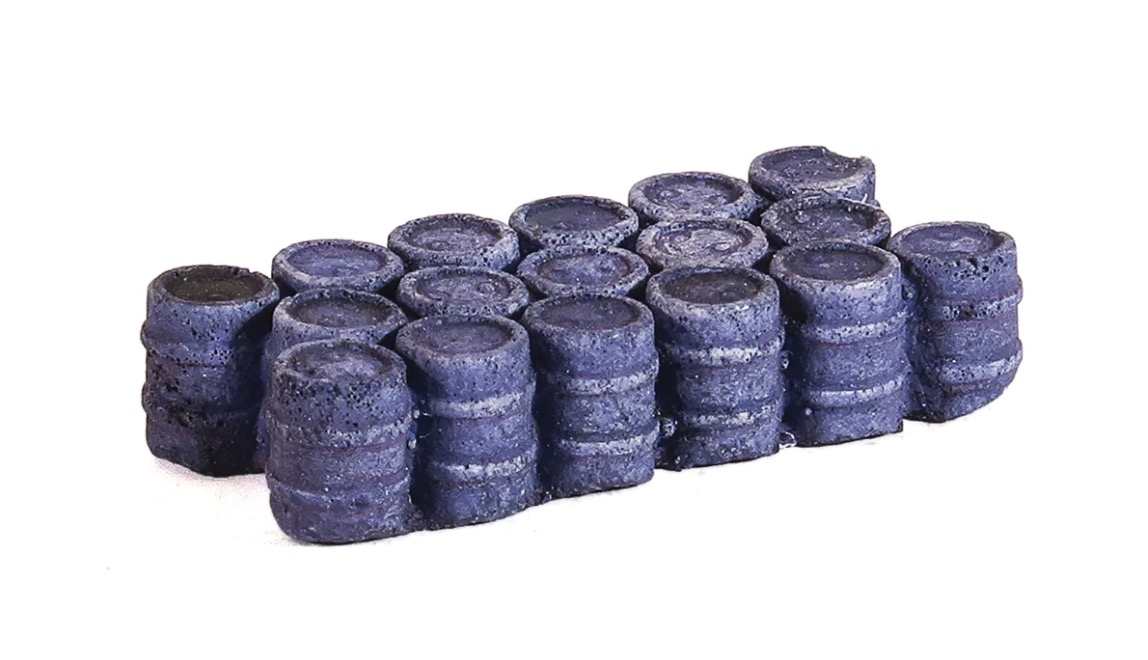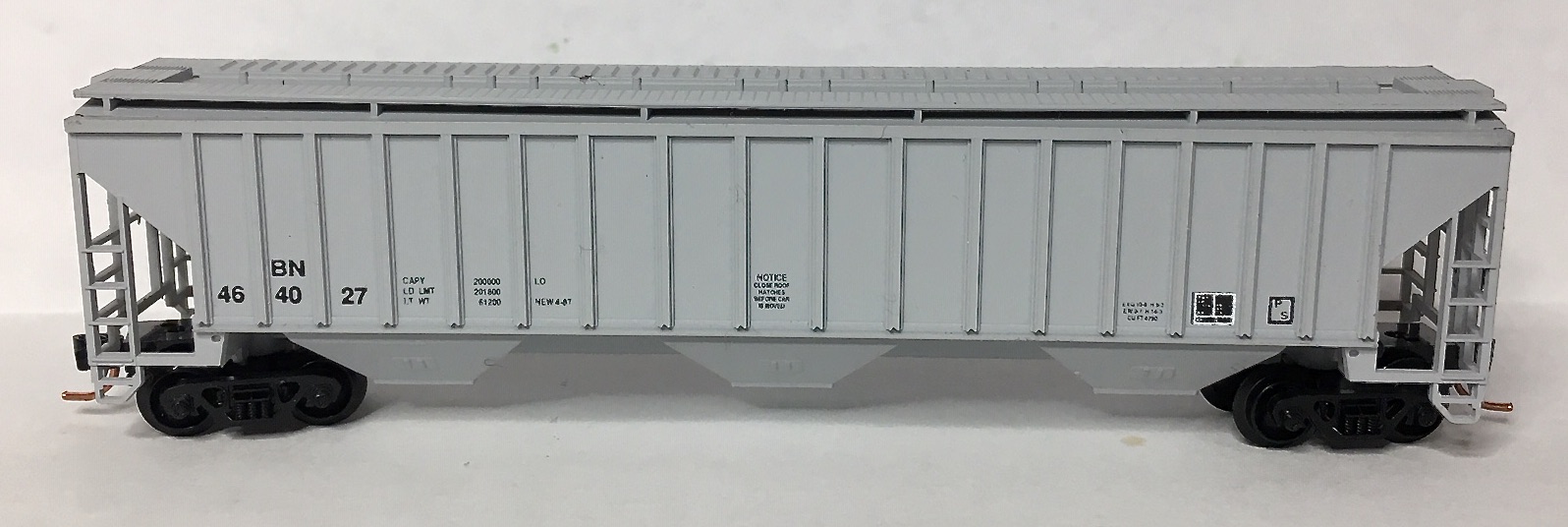Road Name History: 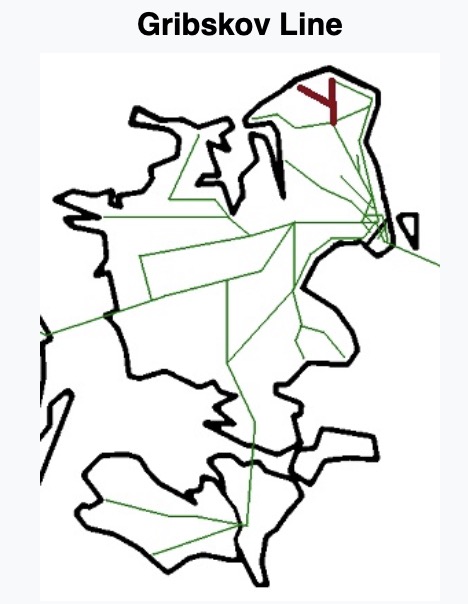 The Gribskov Line or the Gribskov Railway (Danish: Gribskovbanen, GDS) is a local passenger railway line in North Zealand north of Copenhagen, Denmark.
The Gribskov Line or the Gribskov Railway (Danish: Gribskovbanen, GDS) is a local passenger railway line in North Zealand north of Copenhagen, Denmark.
The line runs north from Hillerød through the Gribskov forest and splits into two branches to the seaside resort towns of Tisvildeleje and Gilleleje. Connecting the wide belt of holiday homes along the northern coast of Zealand with Copenhagen is an important role of the Gribskov Line.
The railway is standard gauge and single track. It opened in various sections between 1880 and 1924. The distance from Hillerød to either Tisvildeleje or Gilleleje is about 25 kilometres (16 mi), with the total track length being 42.0 kilometres (26.1 mi).
The railway is currently owned by Hovedstadens Lokalbaner and operated by the railway company Lokaltog. Lokaltog runs frequent local train services from Hillerød station to Tisvildeleje station and Gilleleje station with most trains continuing from Gilleleje along the Hornbæk Line to Helsingør station.
The railway opened in various sections between 1880 and 1924. The first 19.7 km (12.2 mi) long section of the railway line from Hillerød to Græsted opened on 20 January 1880. The next 6.2 km (3.9 mi) long section from Græsted onwards to Gilleleje opened on 14 May 1896. On 16 June 1897 the 6.0 km (3.7 mi) long branch line from Kagerup to Helsinge opened. The last 10.1 km (6.3 mi) long section from Helsinge to Tisvildeleje opened on 18 July 1924.From Wikipedia

The line runs north from Hillerød through the Gribskov forest and splits into two branches to the seaside resort towns of Tisvildeleje and Gilleleje. Connecting the wide belt of holiday homes along the northern coast of Zealand with Copenhagen is an important role of the Gribskov Line.
The railway is standard gauge and single track. It opened in various sections between 1880 and 1924. The distance from Hillerød to either Tisvildeleje or Gilleleje is about 25 kilometres (16 mi), with the total track length being 42.0 kilometres (26.1 mi).
The railway is currently owned by Hovedstadens Lokalbaner and operated by the railway company Lokaltog. Lokaltog runs frequent local train services from Hillerød station to Tisvildeleje station and Gilleleje station with most trains continuing from Gilleleje along the Hornbæk Line to Helsingør station.
The railway opened in various sections between 1880 and 1924. The first 19.7 km (12.2 mi) long section of the railway line from Hillerød to Græsted opened on 20 January 1880. The next 6.2 km (3.9 mi) long section from Græsted onwards to Gilleleje opened on 14 May 1896. On 16 June 1897 the 6.0 km (3.7 mi) long branch line from Kagerup to Helsinge opened. The last 10.1 km (6.3 mi) long section from Helsinge to Tisvildeleje opened on 18 July 1924.From Wikipedia
Brand/Importer Information: Brawa Artur Braun Modellspielwarenfabrik GmbH & Co. was founded in 1948 by Artur Braun in Waiblingen, Germany, to distribute model trains from other toy makers; eventually they began to manufacture their own lighting accessories such as streetlights and signals. In 1963 they acquired the complete line of motorized trolleybus and ski lift models from Eheim. They also began to expand their own line to include scenery items, and by 1993 they'd added locomotives and rolling stock to their product range. This medium-sized business is today jointly managed by the second and third generations of the Braun family: Günter Braun, son of the founder, and his daughter Katrin Braun are the company's managing partners.
Brawa range covers HO, O and N scales. The N scale range is focused on European rolling-stock, German locomotives and accessories like signals, streetlights, clocks and telephone booths.
Here is how the company describes itself:
At BRAWA, continuity and sustainable thinking and action - as the particular strengths of a family business - have a double impact. Changes are carefully considered and strategic decisions taken on the basis of a long-term vision, thus enabling the company to respond quickly and deliberately to the demands of the market. In addition, cross-generation collaboration ensures a vibrant coexistence of tradition and innovation.
In short, our future course is set and all signals are pointing towards continuity and growth. Our presence at our site in Remshalden shows our commitment to this area and highlights the sustainable nature of our company's location in the region. Sustainability is, as it were, an intrinsic value of our family business.
Brawa range covers HO, O and N scales. The N scale range is focused on European rolling-stock, German locomotives and accessories like signals, streetlights, clocks and telephone booths.
Here is how the company describes itself:
At BRAWA, continuity and sustainable thinking and action - as the particular strengths of a family business - have a double impact. Changes are carefully considered and strategic decisions taken on the basis of a long-term vision, thus enabling the company to respond quickly and deliberately to the demands of the market. In addition, cross-generation collaboration ensures a vibrant coexistence of tradition and innovation.
In short, our future course is set and all signals are pointing towards continuity and growth. Our presence at our site in Remshalden shows our commitment to this area and highlights the sustainable nature of our company's location in the region. Sustainability is, as it were, an intrinsic value of our family business.
Item created by: CNW400 on 2023-11-15 10:50:45. Last edited by CNW400 on 2023-11-15 10:55:11
If you see errors or missing data in this entry, please feel free to log in and edit it. Anyone with a Gmail account can log in instantly.
If you see errors or missing data in this entry, please feel free to log in and edit it. Anyone with a Gmail account can log in instantly.


